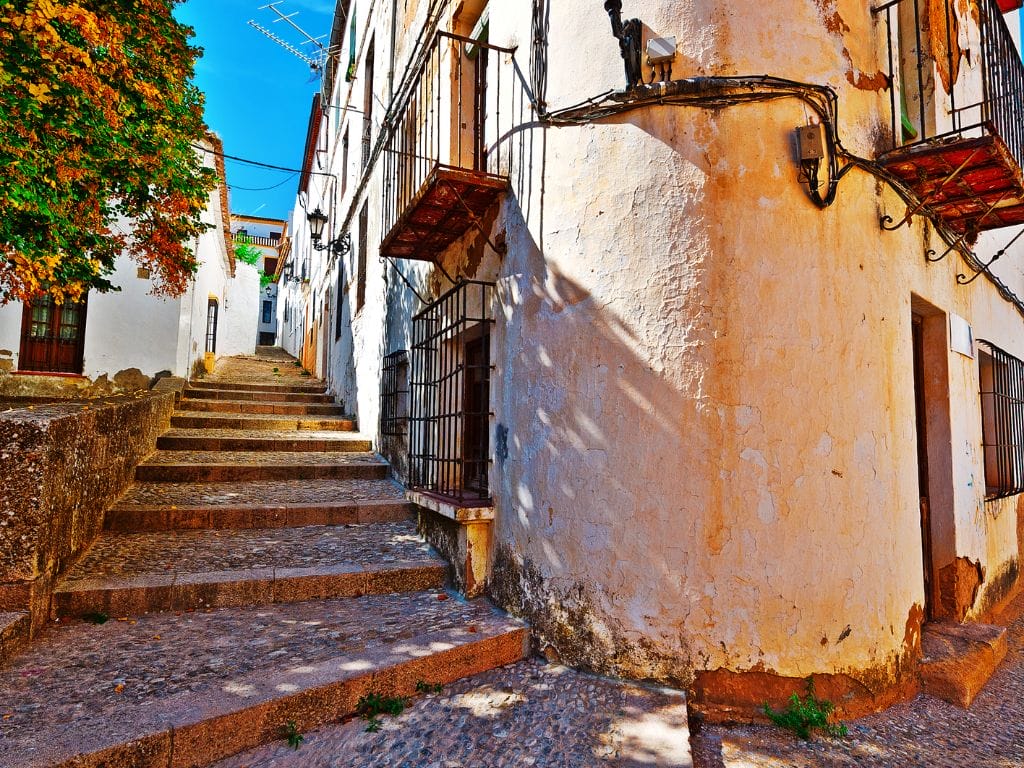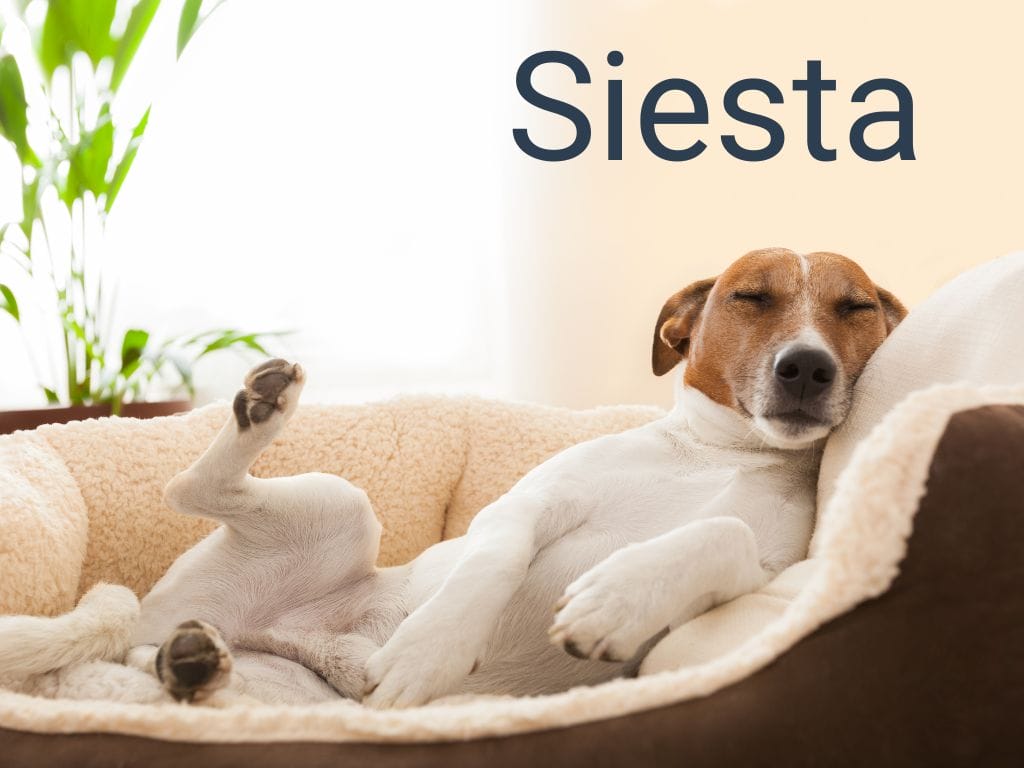How European and American Work Cultures Differ and Where Travelers Can Find Relaxation
Introduction: A Brief Overview of the Siesta
When American travelers visit Europe, they often encounter cultural differences that impact their daily routines. One of the most notable differences is the siesta, a long midday break deeply ingrained in southern European countries like Spain, Italy, and Greece. This tradition contrasts with the U.S. work culture, where continuous daily work is more common. But how did the siesta come about, and what does it mean for American travelers? In this article, we will explore the origins of the siesta, highlight the differences in work cultures, and provide tips on embracing this relaxed way of life when traveling in Europe.
Historical Background: The Origins of the Siesta
The siesta has its roots in the hot regions of Southern Europe, particularly in countries like Spain, Italy, and Greece. Historically, the siesta was a necessary break during the hottest hours of the day, allowing people to escape the sun’s heat. The tradition originates from agricultural societies, where physical labor was difficult during midday, prompting workers to rest and resume their tasks in the afternoon or evening.
In Spain, the siesta remains a cherished part of daily life, even though its practice has evolved in modern work settings. According to a Centro de Investigaciones Sociológicas survey, about 60% of Spaniards appreciate the siesta tradition, although only 16% regularly take a siesta. This shows that while the siesta may not be as widespread in practice, it still holds deep cultural significance, symbolizing the value of rest and balance in daily life.

Work Culture Comparison: Europe vs. the USA
Working Hours
Work cultures in Europe and the USA differ significantly. While in the USA, it’s common to work continuously with longer hours; many European countries prioritize shorter workdays and longer breaks. According to the OECD, the average annual working hours for an American worker is 1,779. Germans work an average of 1,349 hours, and the French work 1,402 hours per year. European workers enjoy shorter working hours and take longer breaks, such as the siesta in southern European countries.
Vacation Entitlement
Another significant difference lies in vacation entitlement. European workers are entitled to at least 20 paid vacation days per year, with some countries like France and Spain offering even more. In contrast, the USA has no federal law mandating paid vacation, and the average American only receives 10 to 14 days of paid vacation per year.
Break Culture
The concept of a break, especially the siesta, is a critical element of Southern European culture, contrasting sharply with American habits. In the USA, the average lunch break lasts about 30 minutes. In Spain, Italy, and other Southern European countries, lunch breaks can last up to 2 hours, often combined with a siesta in Spain and Italy. Many businesses and restaurants close during these hours, allowing employees to rest and recharge.
Stress and Work-Life Balance
These differences in working hours and the practice of the siesta contribute to a better work-life balance in Europe. A Statista survey shows that 57% of Americans report “high” to “extreme” levels of workplace stress. In contrast, the numbers are lower in France (34%) and Germany (40%). European countries also report higher satisfaction with work-life balance: According to a Glassdoor survey, 76% of French workers are satisfied with their work-life balance, compared to only 53% of U.S. workers.

Travel Recommendations: Three Destinations that Embrace the Siesta Tradition
If you’re an American traveler visiting Europe and want to experience the siesta tradition, there are several destinations where this relaxed pace of life is particularly noticeable. Here are three Southern European destinations known for their siesta culture and laid-back atmosphere.
Granada, Spain
Granada is not only famous for the world-renowned Alhambra but also for its rich culture and deeply rooted siesta tradition. During the hot afternoon hours, many shops and restaurants close to allow for rest. As a traveler, you can join the locals in relaxing and rediscovering the city in the early evening.
- Hotel Alhambra Palace – A luxurious hotel with spectacular views of Alhambra and the city.
- Parador de Granada – A historic hotel in a former monastery with a unique atmosphere.
- Hospes Palacio de los Patos – A modern boutique hotel in a neoclassical palace.
Siena, Italy
The medieval city of Siena, located in Tuscany, is known for its slow pace of life. The siesta is still strongly observed here, and travelers can take advantage of the long midday breaks to relax after a hearty Tuscan meal.
- Hotel Athena – A cozy hotel with panoramic views of the Tuscan countryside.
- Grand Hotel Continental Siena – A luxurious hotel in the heart of the historic city.
- Relais degli Angeli – A boutique hotel that perfectly combines elegance and relaxation.
Chania, Crete, Greece
Chania, a beautiful port city on Crete, offers a relaxed island culture deeply influenced by the siesta tradition. Enjoy the quiet afternoons and let the picturesque surroundings enchant you.
- Domes Noruz Chania, Autograph Collection – A luxury adults-only hotel on the beach. [https://xyz.com]
- Casa Delfino Hotel & Spa – A boutique hotel in a historic Venetian mansion. [https://xyz.com]
- Ambassadors Residence Boutique Hotel – A unique boutique hotel located directly on the harbor. [https://xyz.com]
Tips for American Travelers: How to Adapt to the Siesta Culture
If you’re an American visiting Europe, adjusting to the siesta and longer breaks can be a new but rewarding experience. Here are a few practical tips:
- Plan your restaurant visits: Many restaurants in Southern Europe don’t open until late evening, so early dinners every day in the USA may not be possible. Be sure to make reservations or plan your dinner after 8 PM.
- Be mindful of opening hours: During the siesta, many shops, banks, and public offices close. Plan your visits outside of these hours to avoid delays.
- Take your time to enjoy: Embrace the slower pace of life in Europe. Enjoy long meals and explore the surroundings in the early morning or late evening when the cities return to life.

Conclusion: What American Travelers Can Learn from the Siesta Culture
The siesta is more than just a long lunch break—it represents a deeply rooted appreciation for balance, relaxation, and enjoyment. While in the U.S., continuous work and a constant focus on productivity are often prioritized, the siesta culture in Southern Europe demonstrates the importance of taking time for oneself. As an American traveler, you can respect this tradition and learn from it, enjoying a more relaxed and balanced travel experience.
Sources:
- OECD Employment Database – For working hours comparison between the USA and European countries:
https://stats.oecd.org/Index.aspx?DataSetCode=ANHRS - Centro de Investigaciones Sociológicas (Spain) – For siesta survey data in Spain:
http://www.cis.es/cis/opencm/en/2_bancodatos/index.jsp - NASA Research on Napping – For productivity benefits of short naps (siesta-related data):
https://ntrs.nasa.gov/citations/20020093600 - Statista Survey on Workplace Stress (USA) – For stress levels in the USA and comparison with Europe:
https://www.statista.com/statistics/236683/level-of-stress-in-the-workplace-in-the-us/ - Glassdoor Work-Life Balance Report – For work-life balance satisfaction comparison between Europe and the USA:
https://www.glassdoor.com/blog/glassdoor-study-reveals-the-50-best-jobs-for-work-life-balance/


